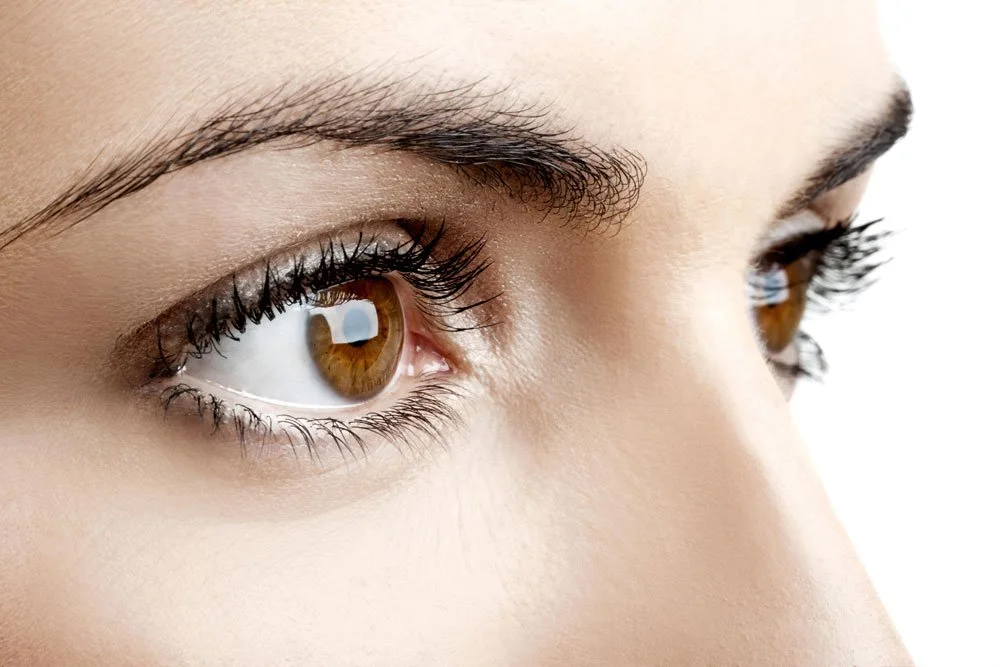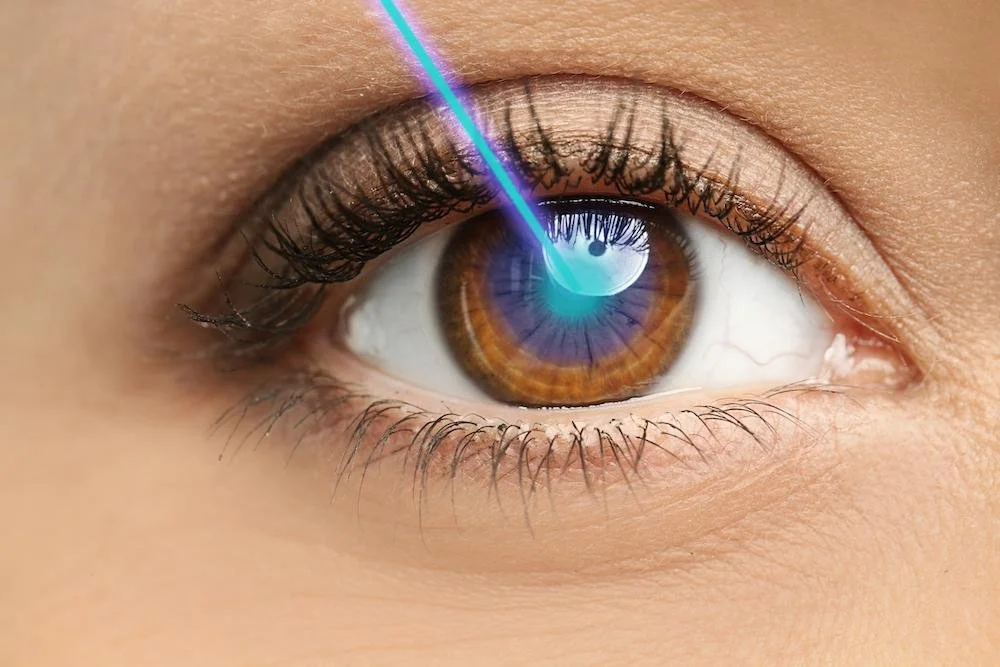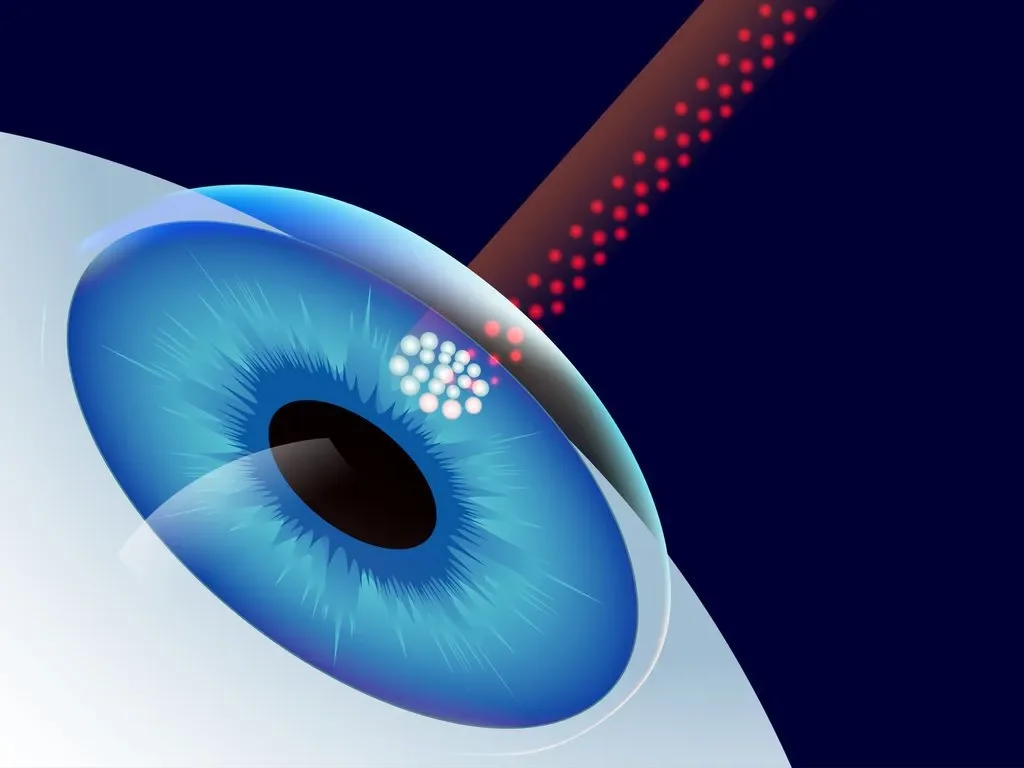CLEAR vs LASIK: Which One Is Right for You? — Dr Brendan Cronin Ophthalmologist
For individuals seeking freedom from glasses or contact lenses, laser vision correction offers life-changing opportunities. Among the most advanced options today are LASIK surgery and SMILE/CLEAR (Small Incision Lenticule Extraction). While SMILE and CLEAR are essentially the same procedure, they differ from LASIK in key ways that may influence your decision.
This guide provides a comprehensive comparison of CLEAR vs. LASIK, highlighting how each procedure works, its benefits, potential limitations, and which patients may be best suited for each.
Both LASIK and CLEAR have been performed for more than a decade, with millions of satisfied patients worldwide. Their proven safety records, quick recovery times, and long-term effectiveness make them two of the most reliable options for advanced refractive correction.
Introduction to Laser Eye Surgery
Laser eye surgery, also known as laser vision correction, has transformed the way people address vision problems such as short-sightedness (myopia), long-sightedness (hyperopia), and astigmatism. By using femtosecond lasers and advanced diagnostic technology, eye specialists can now reshape the cornea with precision, reducing dependence on glasses and contact lenses.
There are several methods available, but the most popular are:
LASIK surgery: Involves creating a flap in the cornea, then reshaping the underlying corneal tissue with an excimer laser.
SMILE/CLEAR surgery: A flapless, minimally invasive technique where the surgeon gently removes a small cornea lenticule extraction through a keyhole incision.
Both aim to improve distance vision, reduce refractive errors, and provide patients with clear sight for everyday activities. The decision between them depends on factors like stable vision, thin corneas, corneal strength, lifestyle needs, and personal preference.
LASIK Surgery Explained
LASIK (Laser-Assisted In Situ Keratomileusis) remains the most well-known type of eye laser surgery. During the procedure, the surgeon uses a femtosecond laser to create a very thin flap on the cornea. This flap is carefully lifted so the excimer laser can reshape the underlying corneal tissue called the stroma. Once the reshaping is complete, the flap is gently replaced and heals naturally.
LASIK is highly effective for treating:
Myopia (short-sightedness)
Hyperopia (long-sightedness)
Astigmatism
Because it addresses a wide range of vision problems, LASIK is considered the most versatile laser procedure. Most LASIK patients experience a rapid visual recovery, typically within 24 hours.
Modern advances such as wavefront-guided and topography-guided LASIK allow for even greater precision, tailoring treatment to the unique shape of each patient’s eye. This level of personalization often leads to sharper vision compared to glasses or contact lenses.
SMILE/CLEAR Surgery Explained
SMILE (Small Incision Lenticule Extraction)—sometimes branded as CLEAR surgery—is a newer, flapless form of laser vision correction. Instead of creating a corneal flap, the laser generates two thin bubble layers within the cornea. This process forms a small disc of tissue (the lenticule). The surgeon gently removes this tissue through a 2–3 mm incision, reshaping the cornea and correcting vision.
SMILE/CLEAR is particularly effective for patients with moderate nearsightedness (-2.00 to -9.00 D) and certain cases of astigmatism. It also provides excellent biomechanical stability, making it appealing for athletes or people involved in contact sports, since there is no risk of flap displacement.
Recovery is generally smooth. While LASIK patients often notice sharp vision within 24 hours, SMILE patients may experience blurry vision for a few weeks before achieving full clarity. Despite this, most report minimal discomfort and are satisfied with the natural healing process.
LASIK vs CLEAR: Pros and Cons (Bullet Points)
LASIK Surgery:
Pros
Quick visual recovery (usually within 24 hours)
Effective for myopia, hyperopia, and astigmatism
Painless with minimal discomfort
Highly customizable with advanced refractive correction
Cons
Rare risk of flap complications
May cause temporary dry eyes
Not ideal for patients with very thin corneas
SMILE/CLEAR Surgery:
Pros
Minimally invasive with no flap creation
Lower risk of dry eye compared to LASIK
Provides strong biomechanical stability
Suitable for athletes and those in contact sports
Cons
Slower visual recovery (can take a few weeks)
Limited correction for hyperopia
Less suitable for patients with complex refractive errors
Who is a Candidate for Each Procedure?
Not every patient is suited to both procedures. A careful initial consultation with an eye specialist is essential to determine the right choice.
LASIK may be best if:
You want quick visual recovery for work or lifestyle needs.
You have a wide range of refractive errors, including hyperopia.
Your corneas are of normal thickness and strength.
You do not suffer from significant dry eye problems.
CLEAR/SMILE may be best if:
You want a flapless procedure with a lower risk of dry eye.
You have thin corneas, for which LASIK may not be a safe option.
You participate in contact sports and want to minimize the risk of flap displacement.
You are comfortable with the vision gradually improving over a few weeks.
Some patients who are not candidates for either LASIK or CLEAR may consider refractive lens exchange (RLE) or clear lens extraction as alternatives. These procedures involve replacing the eye’s natural lens with artificial lenses, offering permanent correction for vision problems. RLE is especially helpful for patients with presbyopia or higher degrees of hyperopia that cannot be treated with corneal laser surgery.
Comparing Recovery and Long-Term Results
Both LASIK surgery and CLEAR/SMILE surgery are highly effective laser vision correction procedures, delivering excellent long-term outcomes when performed by experienced eye surgeons. The key differences between them are most noticeable during the recovery period.
LASIK patients usually achieve better vision within 24–48 hours. This makes LASIK ideal for individuals who require a rapid recovery due to work or lifestyle reasons. However, because LASIK involves creating a flap, there is a slightly higher chance of developing temporary dry eyes in the early healing phase.
CLEAR/SMILE patients, on the other hand, may take a few weeks before reaching maximum visual clarity. Since the procedure involves removing a lens-shaped piece of corneal tissue through a tiny incision—unlike LASIK, which requires a flap—the cornea stays intact, and patients benefit from reduced disruption to the corneal nerves. This often translates into a lower risk of dry eye symptoms and improved corneal stability over time.
CLEAR vs LASIK: Making the Right Choice
Deciding between CLEAR/SMILE surgery and LASIK surgery ultimately depends on your vision needs, corneal thickness, and lifestyle. Both are safe, effective, and trusted methods of advanced refractive correction.
LASIK may be a better option if you want immediate recovery, a broader range of treatment options, and proven success across various refractive errors.
CLEAR/SMILE may be better if you prefer a flapless approach, have thinner corneas, or participate in sports where corneal strength is important.
For patients who are not suited to either procedure, alternatives such as refractive lens exchange or clear lens extraction offer excellent results. These procedures correct refractive errors by removing the natural lens and implanting an artificial intraocular lens, restoring sharp distance vision and reducing dependence on glasses.
Book an Initial Consultation
When weighing up LASIK vs CLEAR, the most reliable way to make the right choice is to book an initial consultation with a qualified ophthalmologist. Your surgeon will assess factors such as corneal thickness, stability, long-term eye health, and your lifestyle requirements.
At Dr Brendan Cronin’s clinic, patients undergo a detailed assessment using advanced technology to ensure the safest and most effective treatment is selected. Whether through LASIK surgery, SMILE surgery, or lens-based refractive surgery, most patients can look forward to long-term freedom from glasses and clearer vision.
With today’s range of laser vision correction procedures, achieving sharper, more comfortable vision has never been easier. By discussing your options with an expert eye surgeon, you can take the first step towards a lifetime of better vision.





